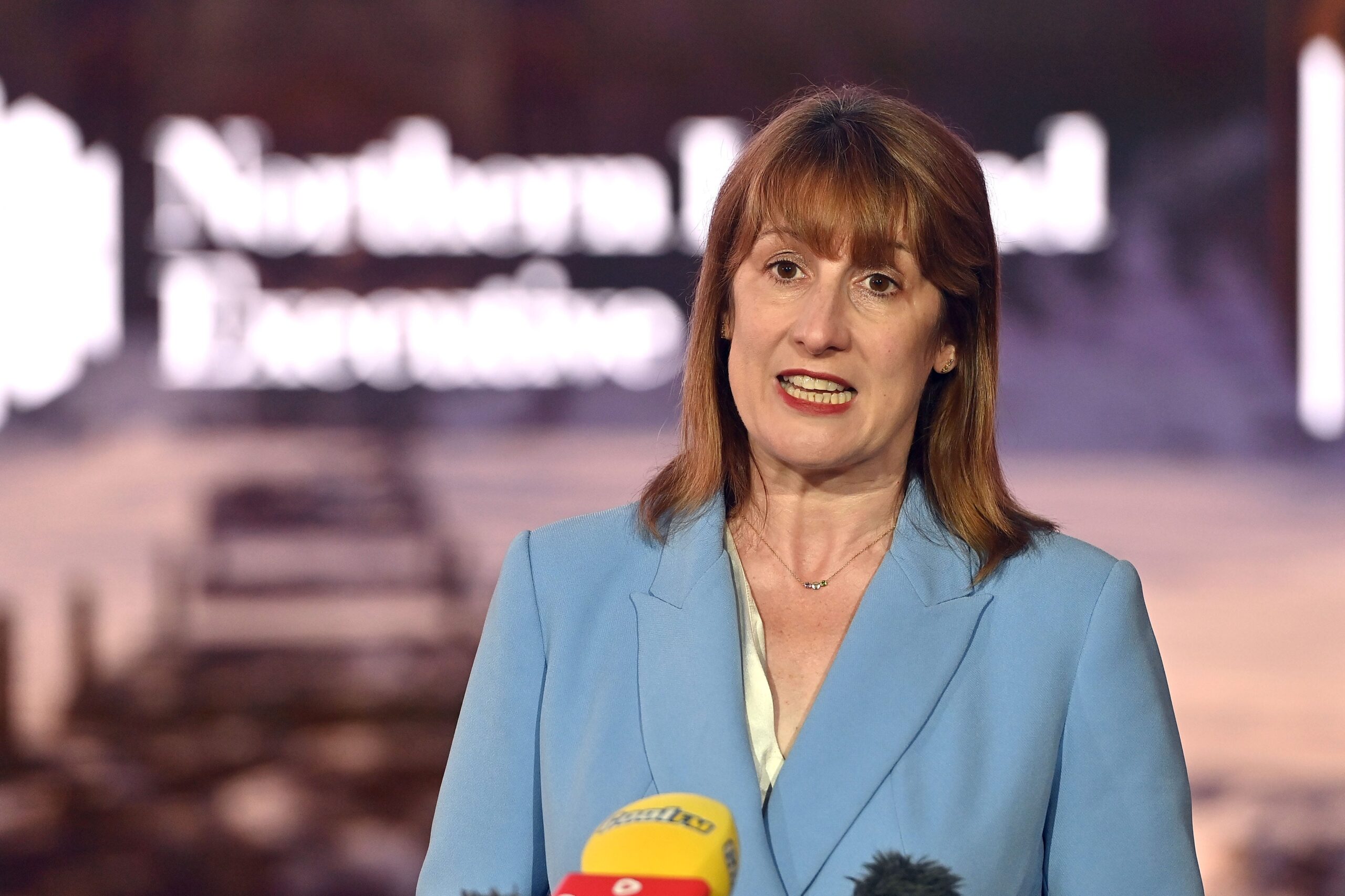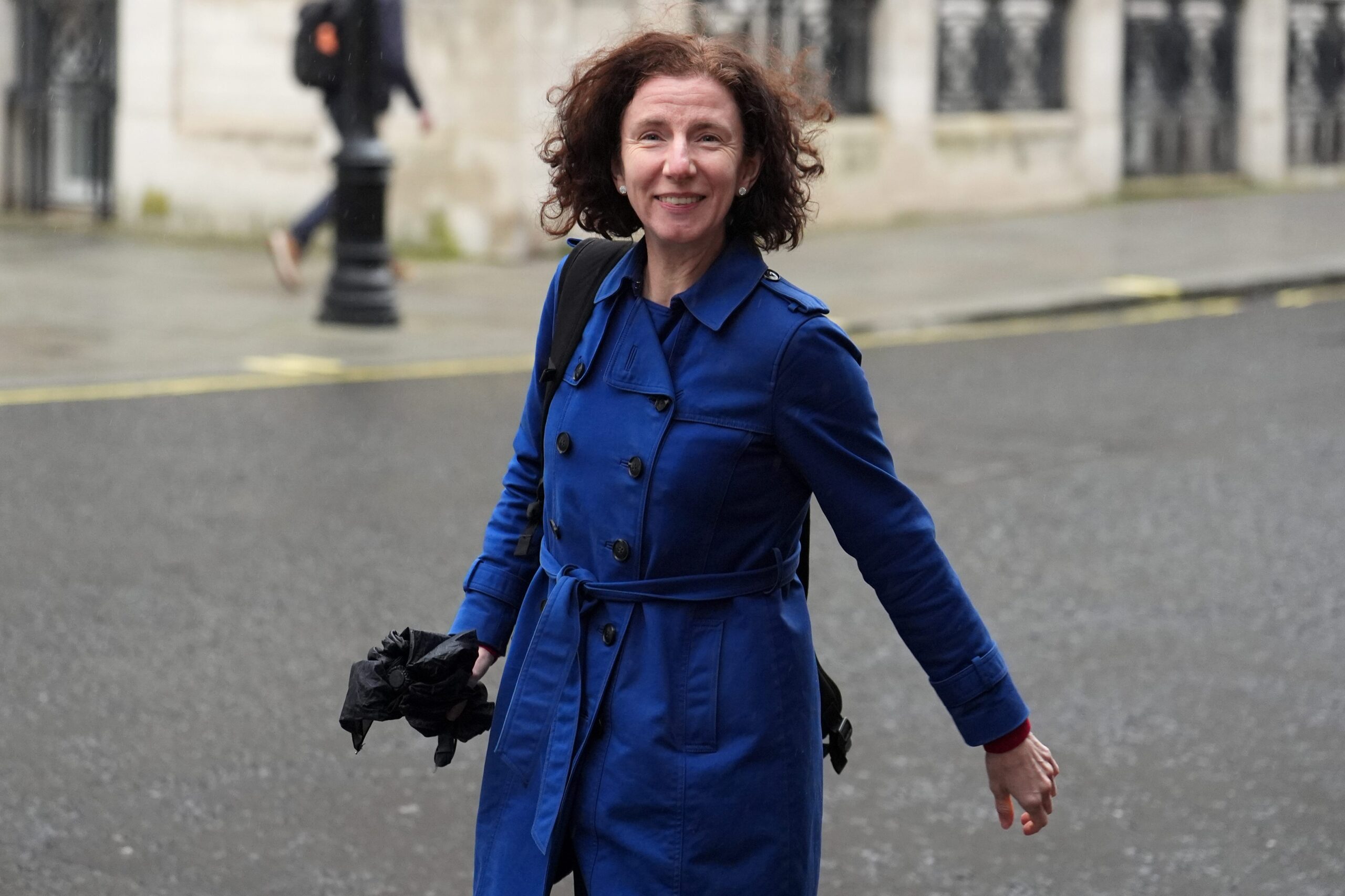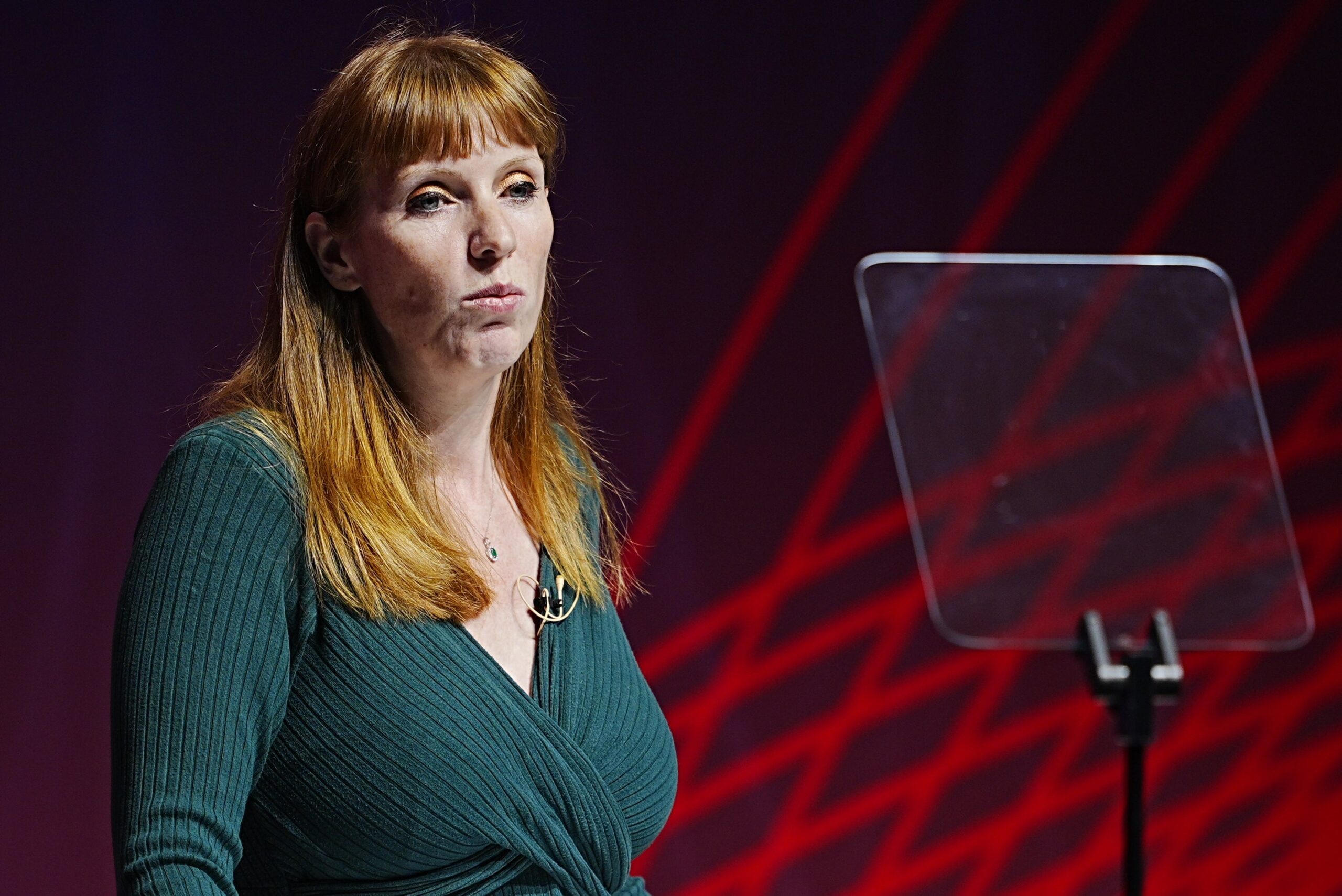Rachel Reeves is spending the summer grappling with the various options at her disposal to fill a £50bn hole in the public finances.
The chancellor will be presented in the coming weeks with a range of potential tax hikes to help her balance the books within her self-imposed fiscal rules.
To restore an almost £10bn buffer in the current forecasts, she must raise a total of £51.1bn, the National Institute of Economic and Social Research (NIESR) think tank has warned.
And, having promised last October’s Budget was a one-off with no more major tax hikes on the way, Ms Reeves faces the fury of voters, business chiefs and investors if she goes back on her word.
Ministers have already squeezed significant savings out of their departments in cuts that were unveiled at June’s spending review, limiting the chancellor’s room for manoeuvre and raising the prospect of tax hikes.

Here, The Independent takes a look at the government’s options to raise funds and balance the books.
Mansion tax
Among the policies believed to be under consideration by the chancellor, the most headline-grabbing is a so-called “mansion tax”, which would hit the owners of high-value properties with capital gains tax when they sell their homes.
Reeves is said to be looking at ending the current exemption from capital gains tax for primary residences.
Such a move would see higher-rate taxpayers pay 24 per cent of any gain in the value of their home, while basic rate taxpayers would be hit with an 18 per cent levy.
The threshold is said to still be under consideration, but a £1.5 million starting point would hit around 120,000 homeowners who are higher-rate taxpayers with capital gains tax bills of £199,973.
Stamp duty shake-up
The Treasury is also expected to overhaul stamp duty at the Budget, though exactly how remains unclear.
The Guardian reported that homeowners could be forced to pay a new tax on the sale of houses worth more than £500,000, while those who purchase homes over £500,000 would pay an annual levy on the value of the home.
Currently, stamp duty is paid by those buying homes over £125,000, or £300,000 for first-time buyers. A first-time buyer purchasing a £500,000 home to live in would pay £10,000 of stamp duty.
If adopted, the new levy would be paid by owner-occupiers when they sell a home worth more than £500,000. The amount would be based on the property’s value, with the rate set centrally and collected by HM Revenue and Customs (HMRC). It would not replace stamp duty on second homes.
Then, anyone having purchased a home worth more than £500,000 would face an annual tax on the property under the proposals.
Treasury officials acknowledged that overhauling stamp duty was a priority for the government, but downplayed the likelihood of a £500,000 level to target property values.
Pension raid
Ms Reeves could also consider cutting the amount savers are allowed to withdraw in a lump sum from their pension pots at the Budget.
The chancellor will look at proposals from civil servants that could raise around £2bn by lowering the limit on how much people are allowed to take out of their pension without paying tax.
Currently, pensioners can take out a quarter of their pension pot tax-free, with a cap of £268,000. Lowering the level would prove highly controversial, but could bring in billions of pounds of additional tax revenue each year.
Tax threshold freezes
A likely move will see the Treasury extend the freeze on income tax thresholds. This means that as wages rise with inflation, over the years workers are dragged into higher tax bands and end up paying more.
A freeze on the threshold at which the higher 45 per cent tax rate is paid was one of the options suggested by Ms Rayner in her leaked memo. But there is growing speculation the government could extend the freeze across all tax brackets.
Sir Keir has left the door open for such a move. It is seen as a stealth tax, the impacts of which are not felt immediately, meaning it is easier for the government than taxes which cause a direct hit to businesses or pay slips. But, if the freeze were extended to the end of the parliament, it could also bring in billions for the Treasury as earnings rise.
The freeze, which is already planned to last until 2028, is expected to drag around two million workers into higher tax bands.
Wealth tax
There have been calls from Labour MPs on the left of the party to introduce a wealth tax, calls which have only grown in the wake of the government’s £5bn welfare U-turn. Rachael Maskell, the architect of the rebellion which forced the government into shelving key pillars of the bill, demanded the government increase taxes on the very richest to pay for the climbdown.
Piling even more pressure on the Treasury last month, former Labour shadow chancellor Anneliese Dodds also urged ministers to consider such a tax.

While Downing Street sources have suggested a wealth tax is not on the table, there has been mixed messaging from ministers.
Other changes
Campaigners on the left have long called for capital gains to be equalised with income tax, believing that workers should not pay a higher levy than those earning money through the appreciation in value of assets.
The measure could be considered by the chancellor ahead of the Budget.
She could also hike corporation tax for banks, a suggestion mooted by Angela Rayner in a memo leaked to The Daily Telegraph.

Politically, it is fairly easy to tax banks as there is limited direct impact on voters.
Ms Rayner also proposed raising tax rates on dividends – a portion of a company’s earnings received by a shareholder – for higher earners.
Currently, tax is not paid on dividend income that falls within your income tax Personal Allowance. There is also a £500 dividend allowance each year, meaning individuals only pay tax on any dividend income above this. Removing it altogether would be worth £325 million a year, HMRC data indicates.
However, there are concerns that raising dividend tax rates could discourage people from investing in companies – which is likely to have a net negative impact on the economy.
